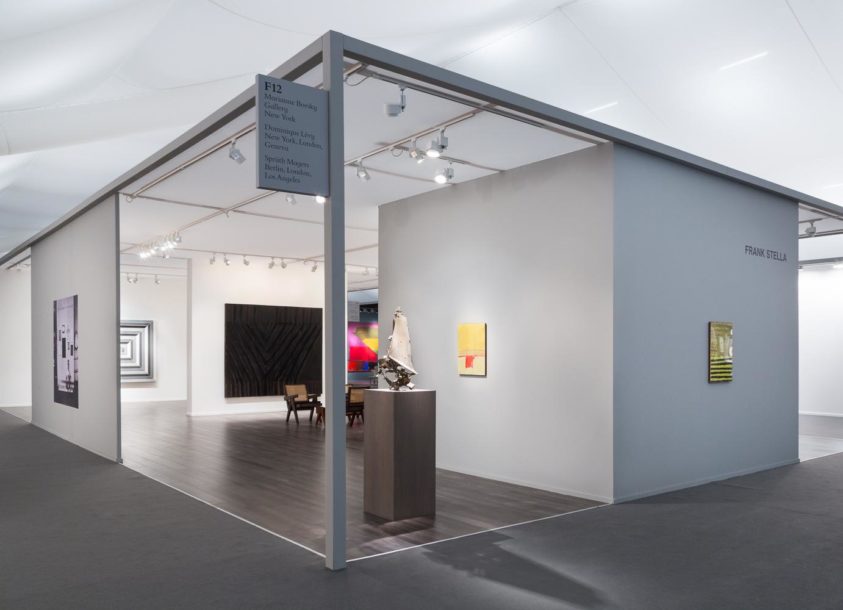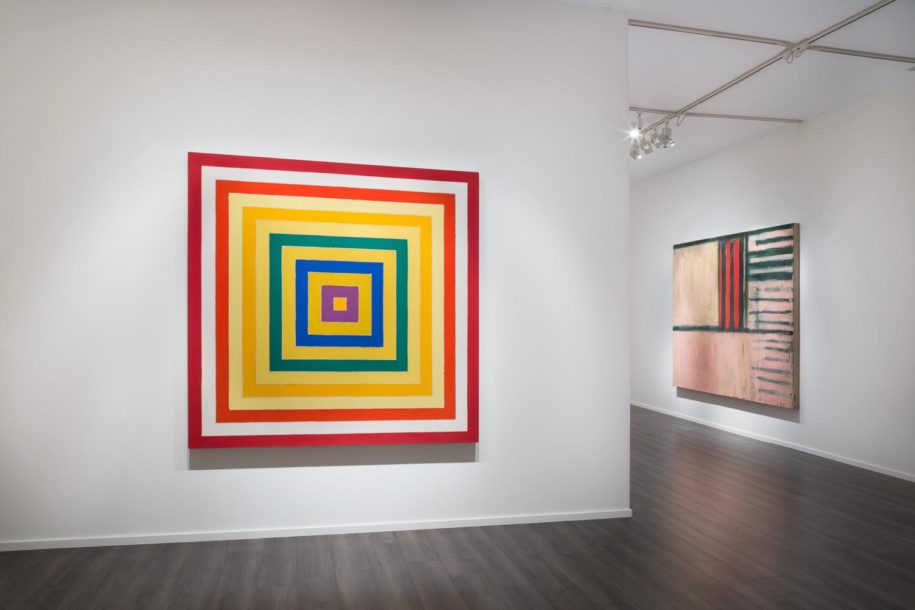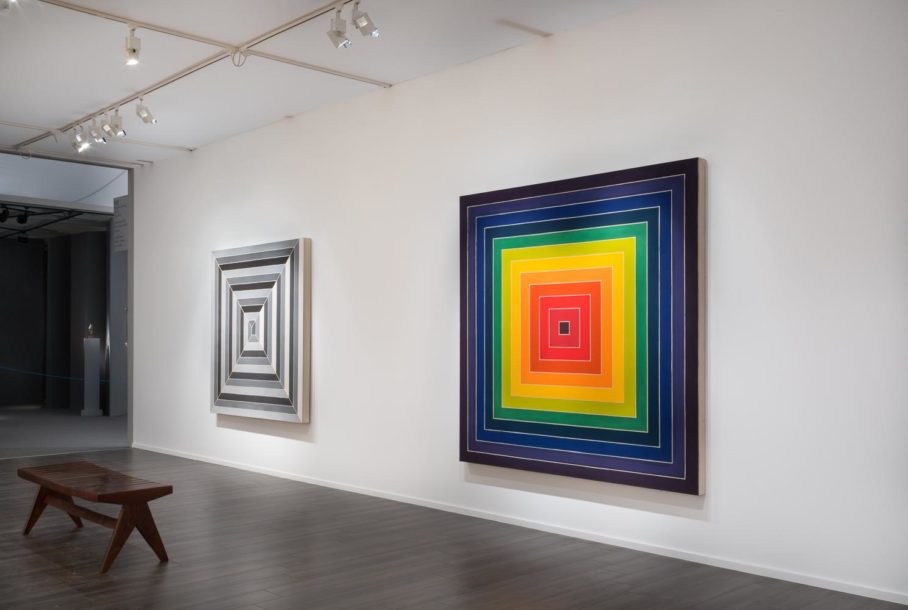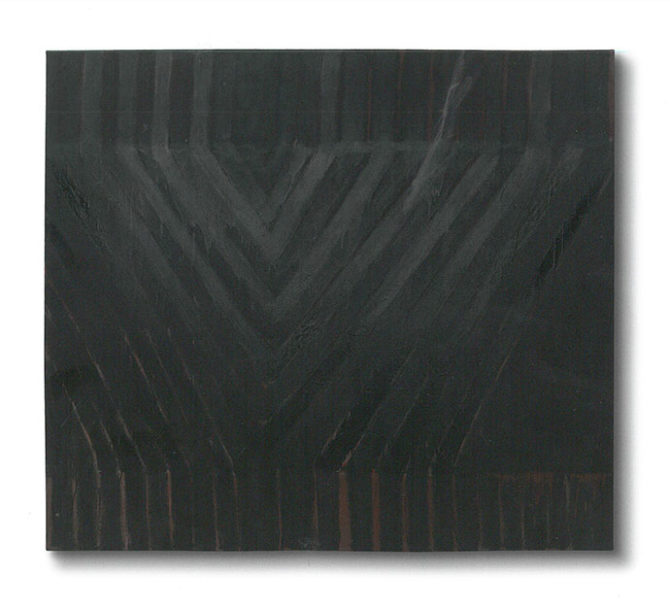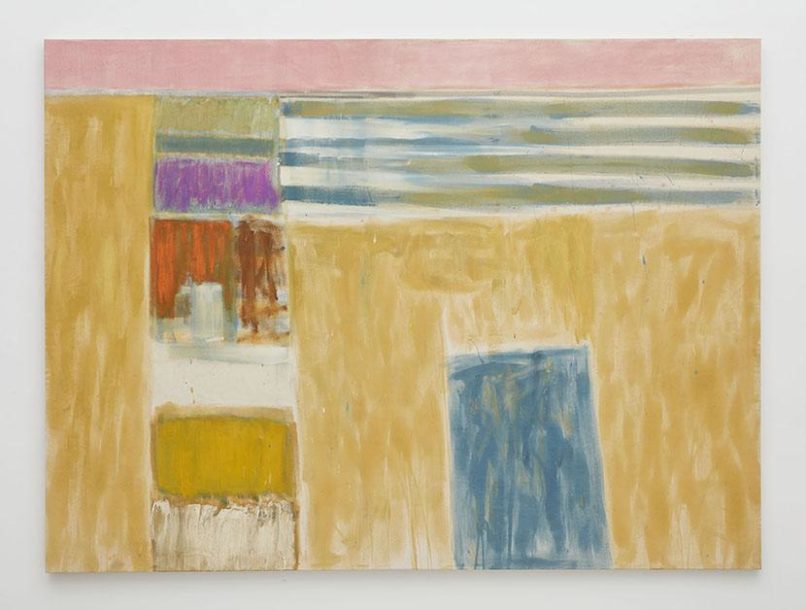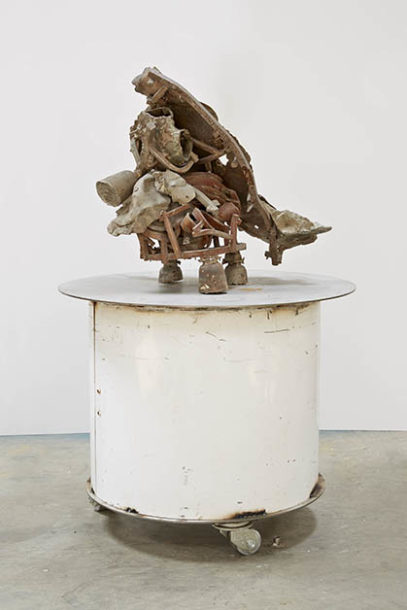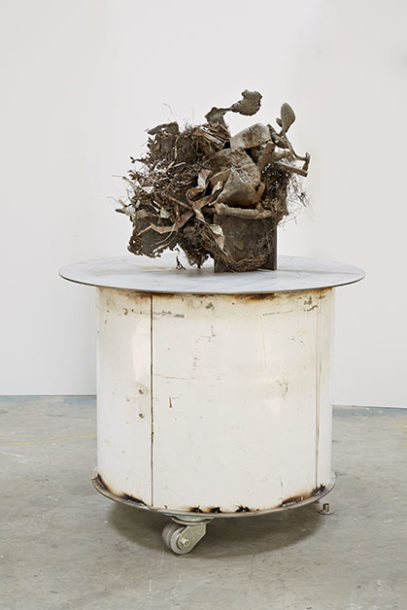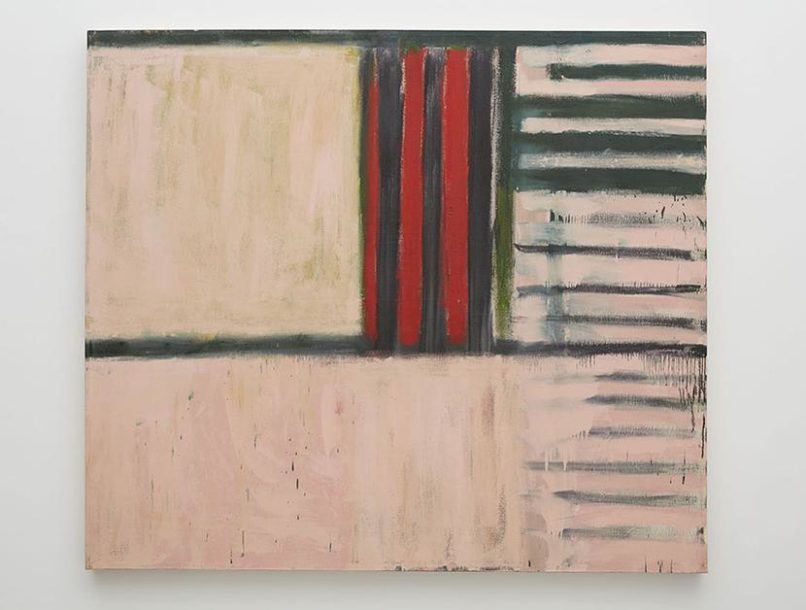Frieze Masters
For Frank Stella, 1958 was a watershed year, in which the artist rapidly matured from a student experimenting with the codes of Abstract Expressionism, to a highly original artist whose work changed the course of postwar art. After graduating from Princeton University, Stella moved to Manhattan with the intention of staying only the summer. When he failed his army physical, he took up painting more seriously and began a series of monumental, colorful canvases that culminated in Delta (1958), the work he considered the gateway to his famous Black Paintings. For their joint Frieze Masters 2016 presentation, Dominique Lévy, Marianne Boesky Gallery, and Sprüth Magers will exhibit Delta, four other paintings made during this pivotal year, and works from other seminal series by Stella. This Frieze Masters booth demonstrates Stella’s experimental and rigorous approach, from the very beginning of his career onward, to the problem of representation in our time.In 1958, Stella painted himself into and out of Abstract Expressionism. Of this decisive moment, the artist remembers:
While I was working on [Delta], something wasn’t working out. I don’t remember exactly what it was. And I just got tired of it and so I painted it all out. I followed what was there, but I painted it all out in black. The next day when I was looking at it, it seemed to have a kind of quality―being all black, although there were plenty of color and stuff showing through from between the bands, but the sort of darkness, the blackness, and the repetition of the bands seemed to work. So I started thinking about not waiting until I had a painting that wasn’t going anywhere and painting it out, and to make something more direct and just working in that way.In Delta, Stella’s experimental approach is on full view as the artist explores the variations of texture possible in enamel paint on canvas. The pigments of some stripes have been fully absorbed into the canvas, presenting in soft, matte fragments, while others remain shiny, glossy, and hard. What he had achieved through color distinctions in previous paintings, he achieves in Delta through an exploitation of the paint’s physical characteristics. This effect forces the viewer to navigate the painting as an object responsive to light, position, and environment.
This strategy would mark his artistic process throughout the sixties and beyond. Stella produced paintings that were, as he called it, “facts of life.” More than this, though, they are self-referential facts of their own existence. Stella’s paintings are connected only to their own objecthood; in the Black Paintings and beyond, stripes mimic and follow both the previous works in the series and the canvases’ own physical supports, evincing their status as objects in their own right. Stella rejects the whims of human impulse, replacing chance and intuition with an investigation into predetermined systems, into the very stuff and substance of artmaking itself. His application of paint follows this to its logical conclusion.
In his Concentric Square and Mitered Maze paintings, begun in the mid-1960s, Stella created a rigorous and rational system for selecting both colors and shades of gray, giving the paintings the effect of having been done “by the numbers.” Holding himself to predetermined systems, he said, allowed him to force any sense of illusionism or expression out of painting: the Concentric Squares’ “simple, rather humbling effect—almost a numbing power—became a sort of ‘control’” against which Stella could test any impulse toward visual extravagance. The Concentric Square works manifest Stella’s experiments in value relationships, while continuing the pure abstraction and optical play with dimensionality established in his previous series. In an early monochrome Mitered Maze, Cinema de Pepsi Sketch I (1966) on view, a sense of self-contained dynamism is produced by subtle gradations in shade; as the viewer moves away from the work, the tones appear to bleed together, but as one moves closer, they separate. Importantly, the stripes of the painting are hand-drawn (as they are in the Black Paintings), which means that the edges of each line index the extremely slight but inevitable movements of the artist's hand. Preparatory sketches executed in pencil, paint, and gouache reveal the precision and meticulousness with which the paintings were composed; each work was systematically drawn on graph paper beforehand, and the color or tonal scheme was determined with scrupulous consideration.
By the end of the 1980s, Stella’s practice was securely rooted in the third dimension, as demonstrated in four sculptures from the artist’s 1992 Alsace Lorraine series. The works that comprise the second half of Stella’s oeuvre have much to do with architecture, however the artist is relentless in his description of his works—even those that are freestanding—as paintings. “I think it is natural to want to look into a sculpture the way you look into a painting,” Stella has said. In other words, viewers read three-dimensional works as a series of pictorial events as they observe it from various viewpoints. Whatever category one may assign to his work, it is clear that the artist is moved by the desire to create objects that exist in both literal and pictorial space.
1. William Stanley Rubin, Frank Stella 1970 – 1987. (New York: Museum of Modern Art, 2002), p. 48.


